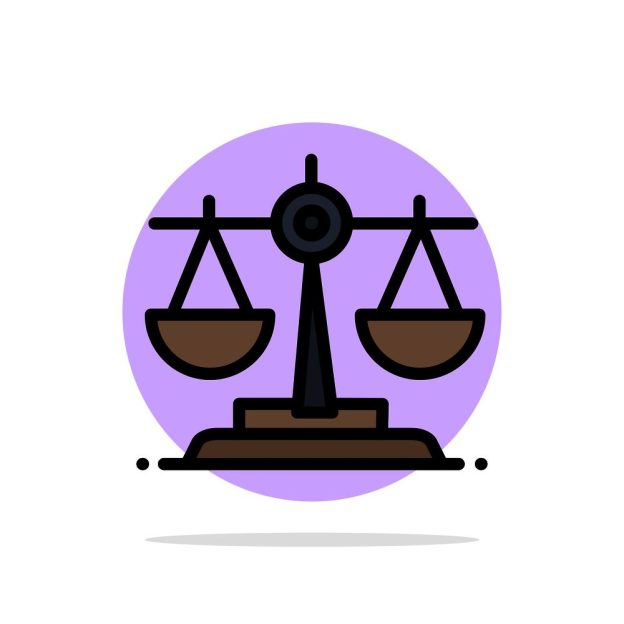
The Autumn statement brought in a number of tax changes and we have already covered the reduction in the additional rate of tax in our last blog.
Chancellor of the exchequer Jeremy Hunt announced that the current tax free personal allowance would remain in place until April 2028. This is an extension of the personal allowance freeze which was earlier put in place until 2026.
Apart from the additional rate of tax being reduced no other changes were made to the rates of income tax.
What does the personal allowance being kept the same mean?
Freezing the personal allowance thresholds essentially means more people will pay more income tax.
Economists call this method of collecting more income tax fiscal drag with tax thresholds not increasing with the cost of living.
When this happens more taxpayers are dragged into the higher tax brackets giving the government more tax receipts.
An estimation from the office for budget responsibility reveals there could be 3.2 million newer taxpayers and 2.6 million extra higher rate taxpayers.
It is estimated by the OBR that an extra £26bn will be produced from the combined lowering of the additional rate threshold and freezing of the tax free personal allowance.
Why is the personal allowance so important?
The tax free personal allowance dictates how much tax is taken from your income. The personal allowance is used to formulate your tax code which tells your employer or other source of income how much to deduct.
If your personal allowance doesn’t go up in line with wage increases and inflation you will pay more tax on your income.
In the short term inflation is the biggest problem linked to the personal allowance freeze due to the cost of living increasing substantially over the last 12 months or so.
Check your personal allowance and your tax code
Checking that your tax code is as it should be is advised at regular intervals and when something changes in your circumstances.
The tax code you are given by HMRC is not always correct and your input is needed to help HMRC update your record accordingly. Not having the correct tax code results in you either overpaying or underpaying income tax.
You can find your tax code on a payslip, in your personal tax account or HMRC app. Our tax code guide gives you more information about your tax code and what to do if you think you need to contact HMRC.







